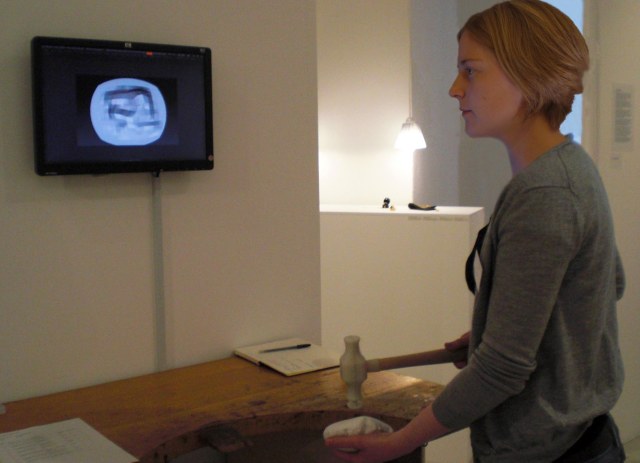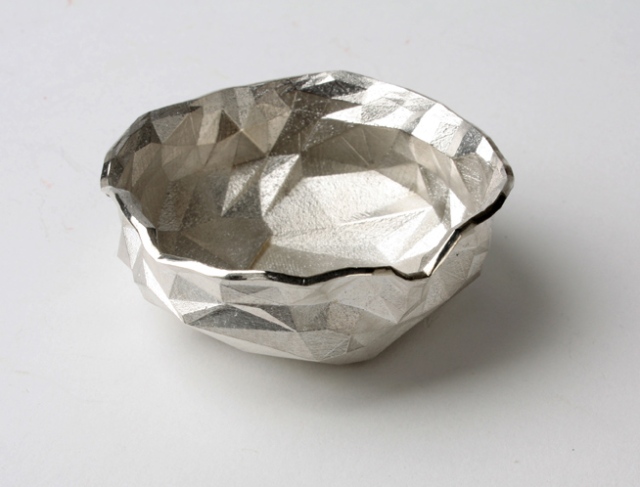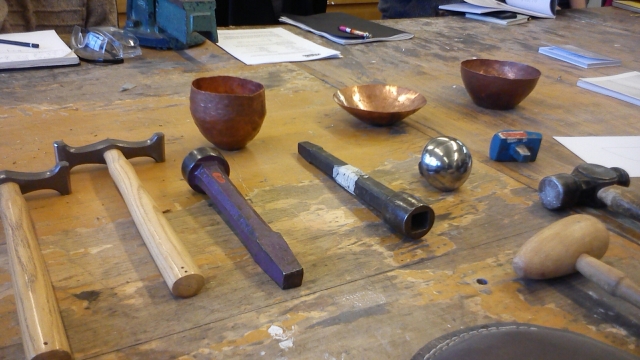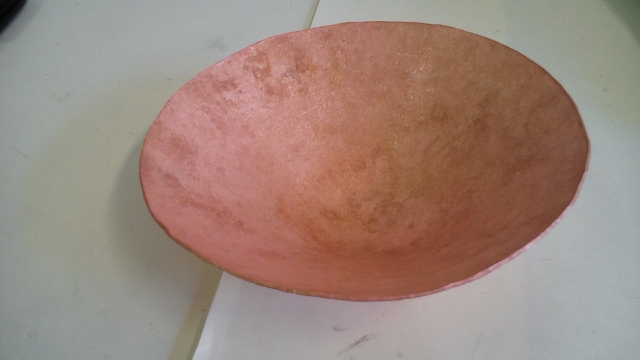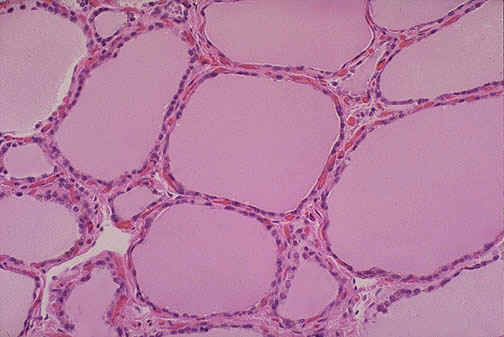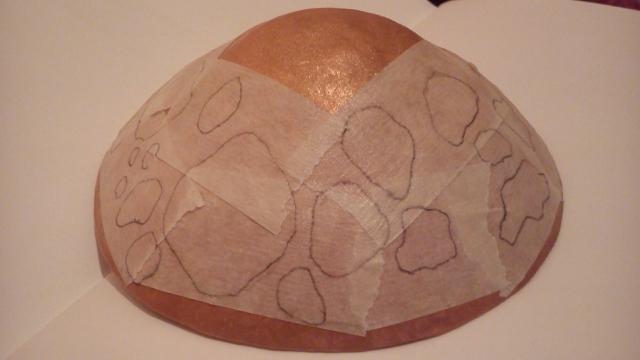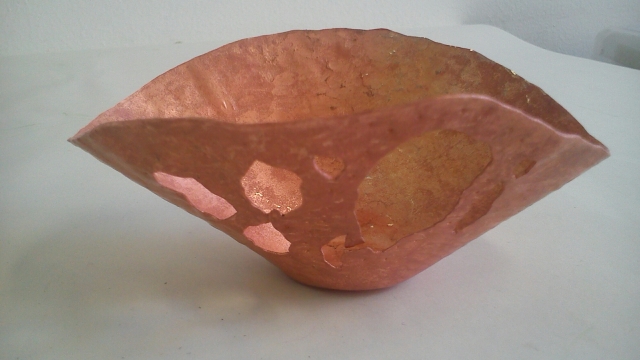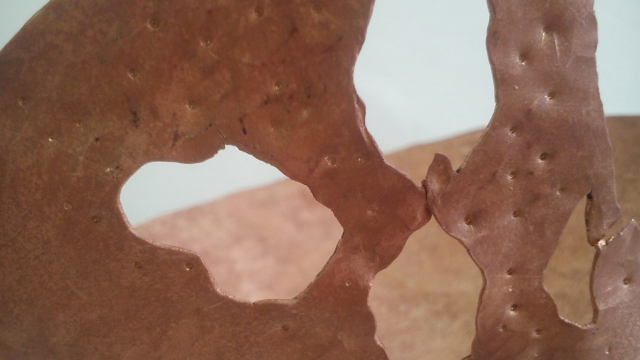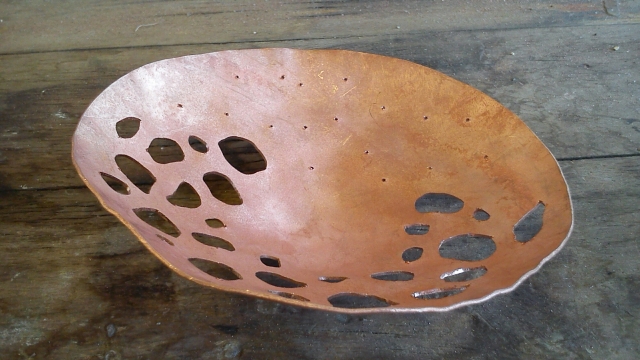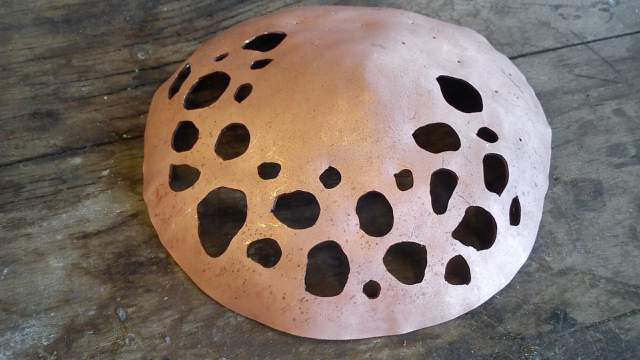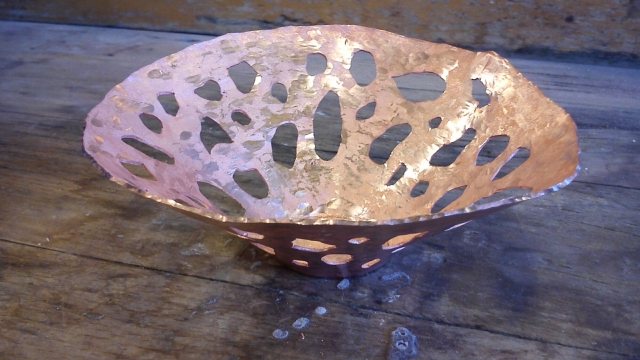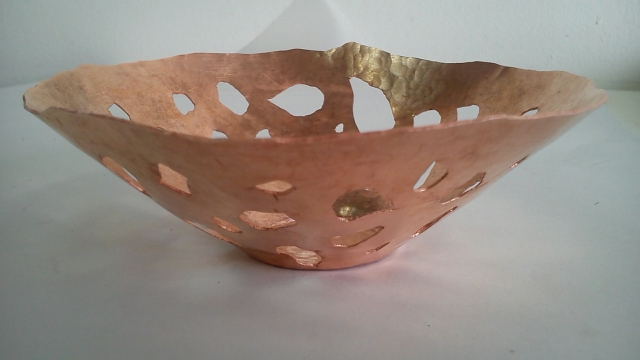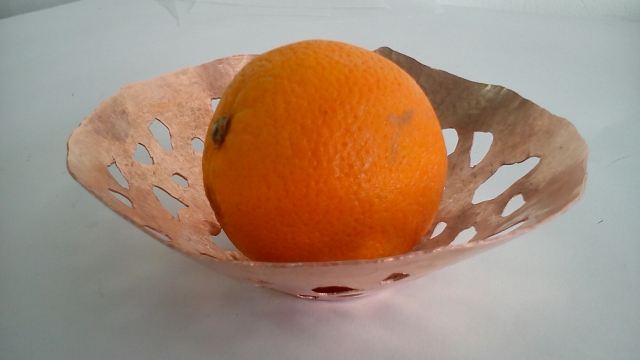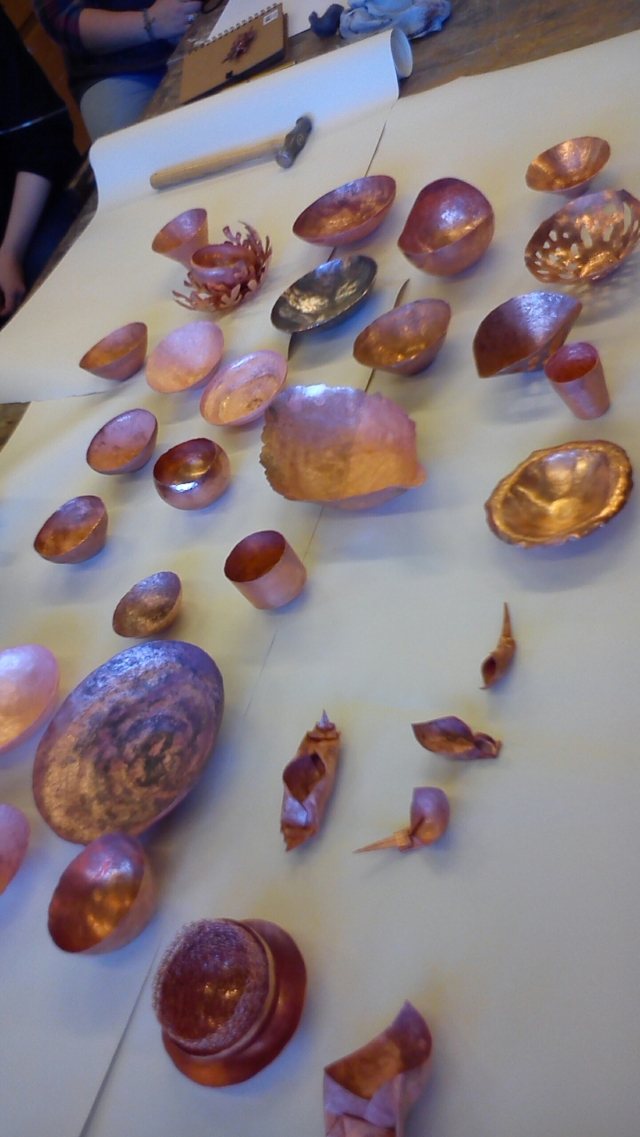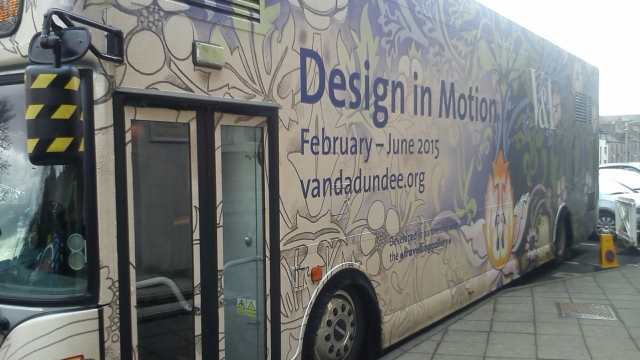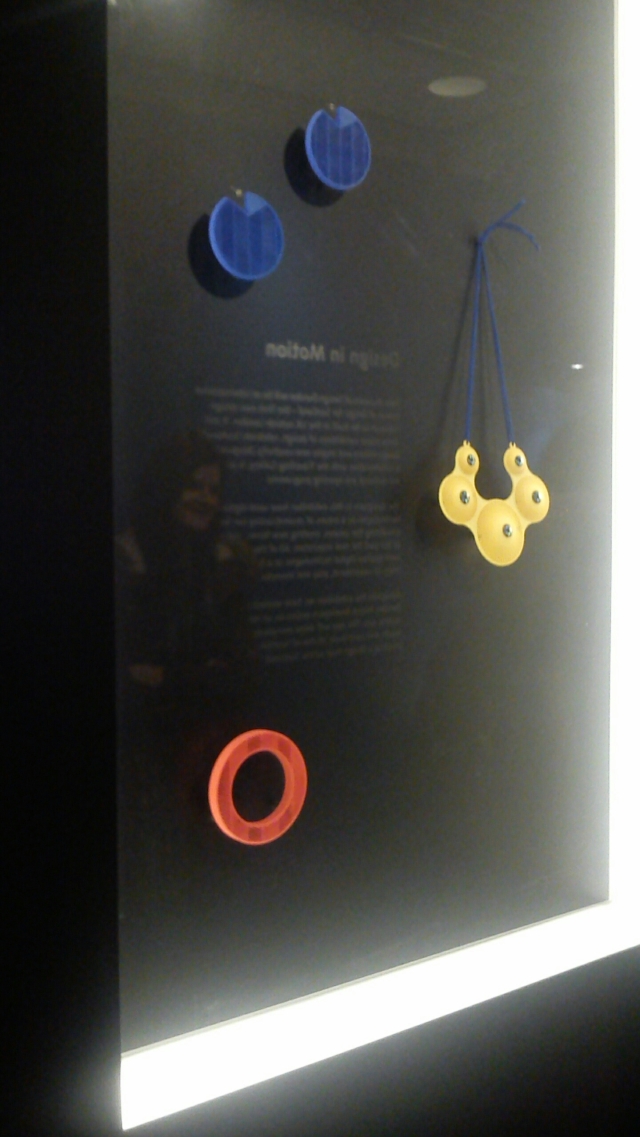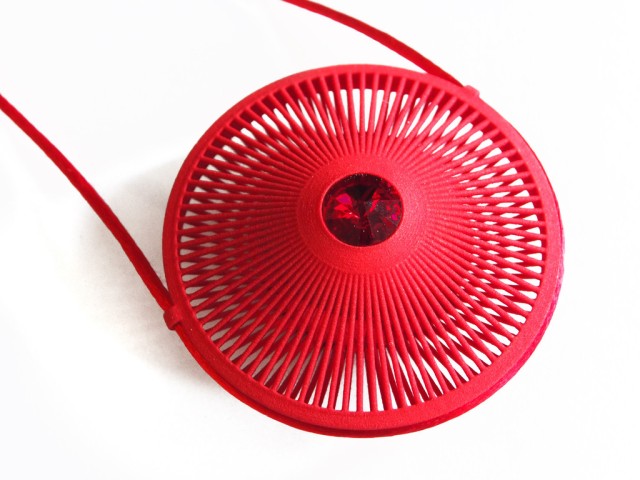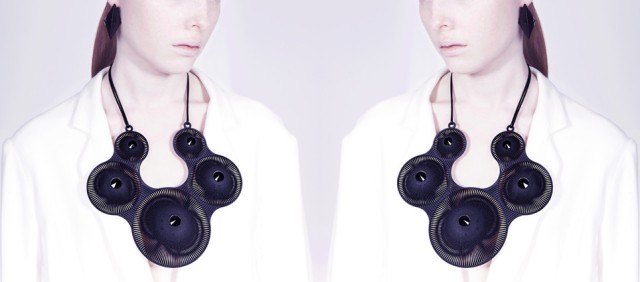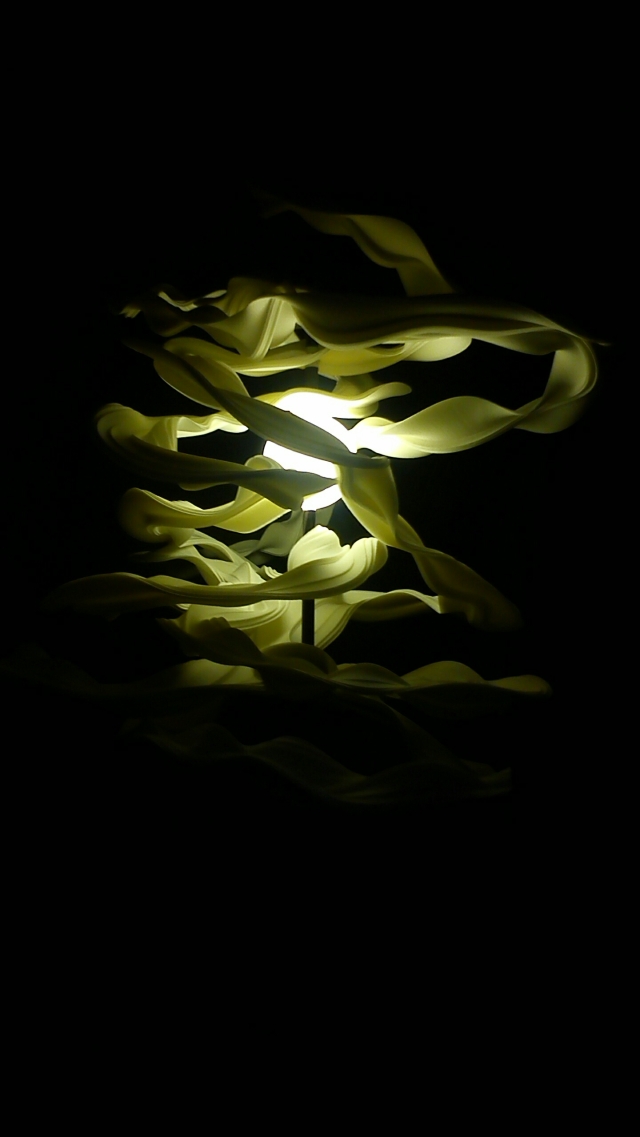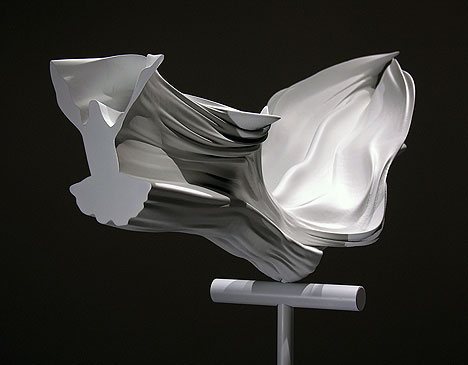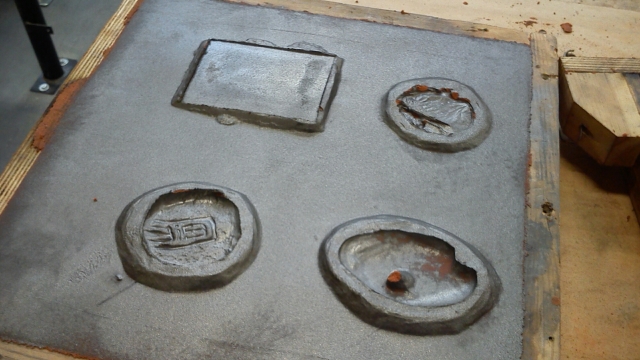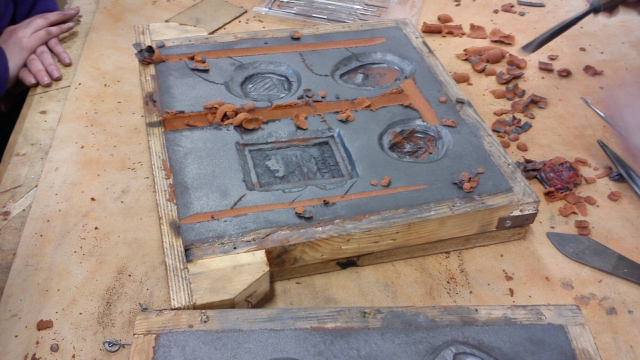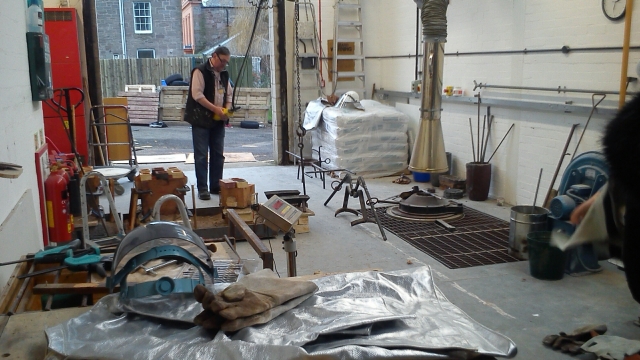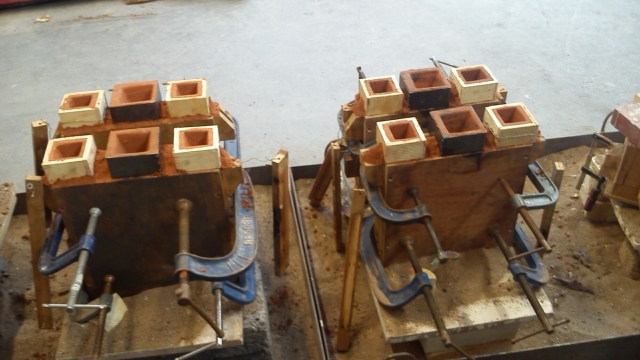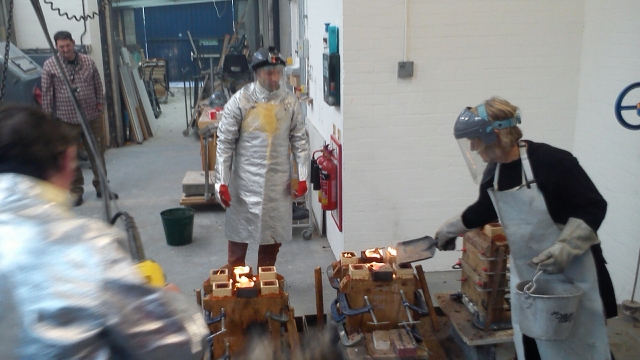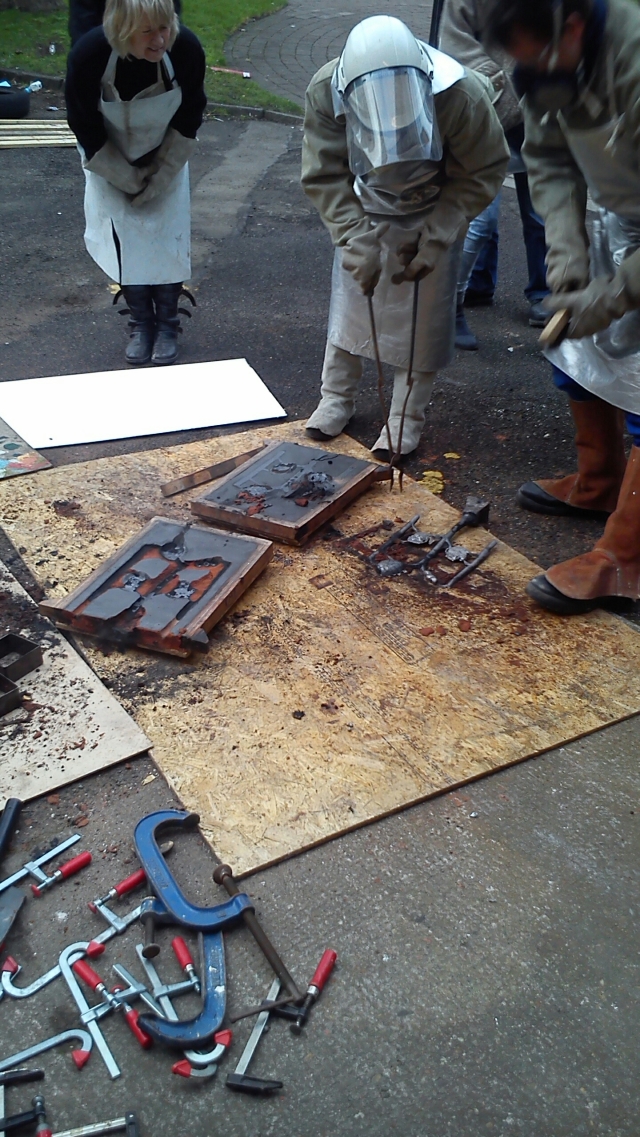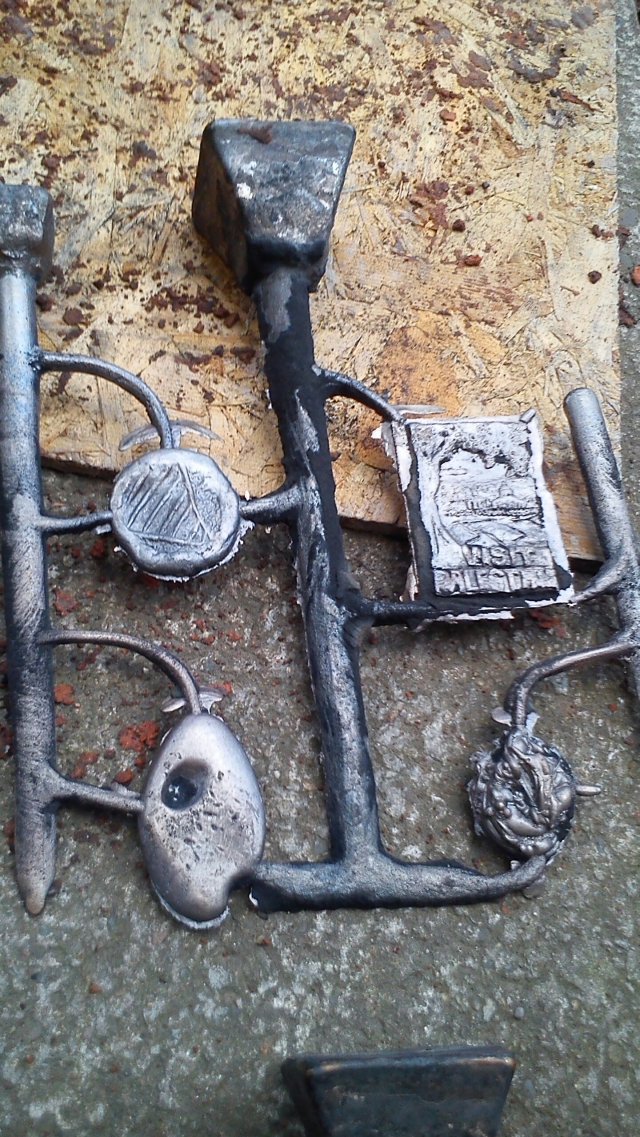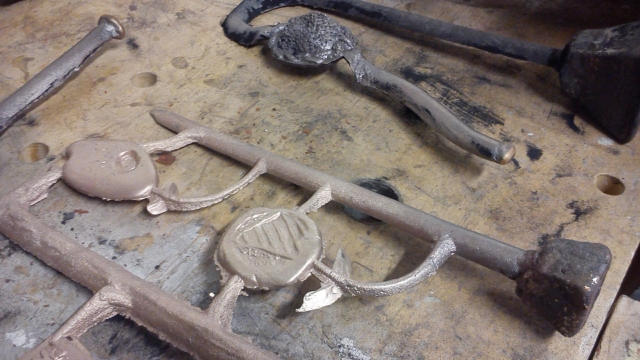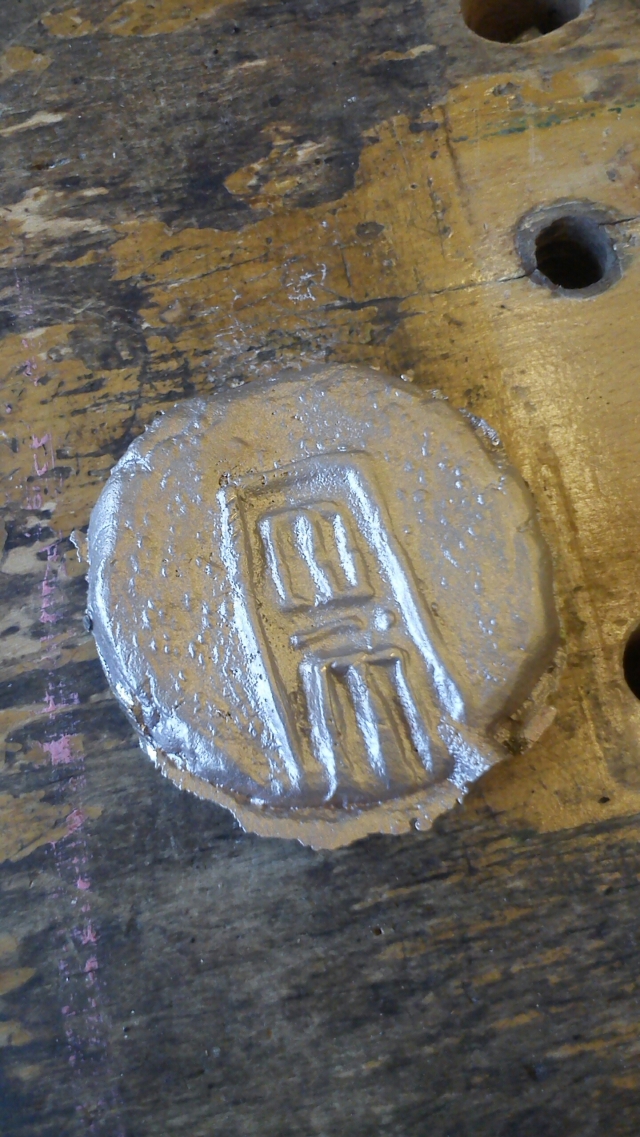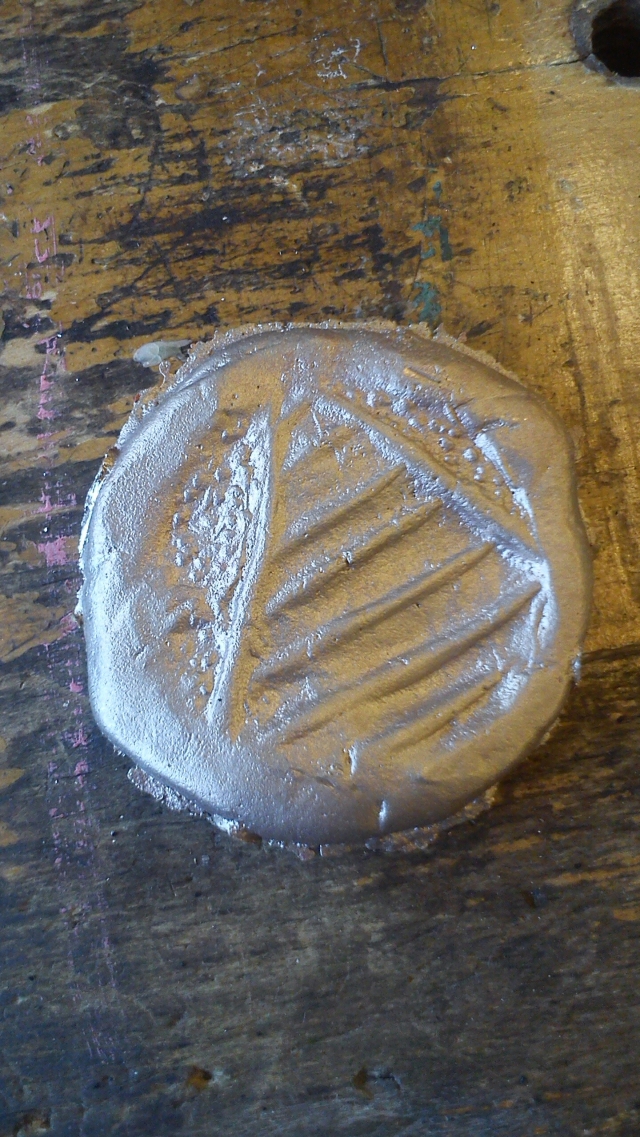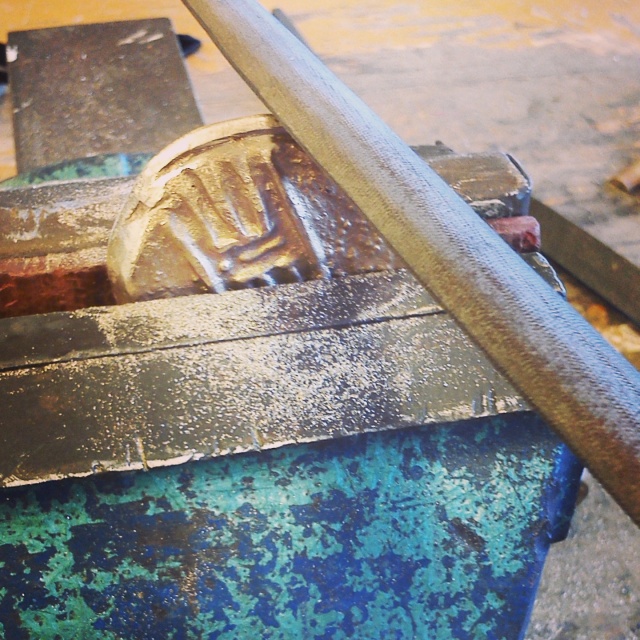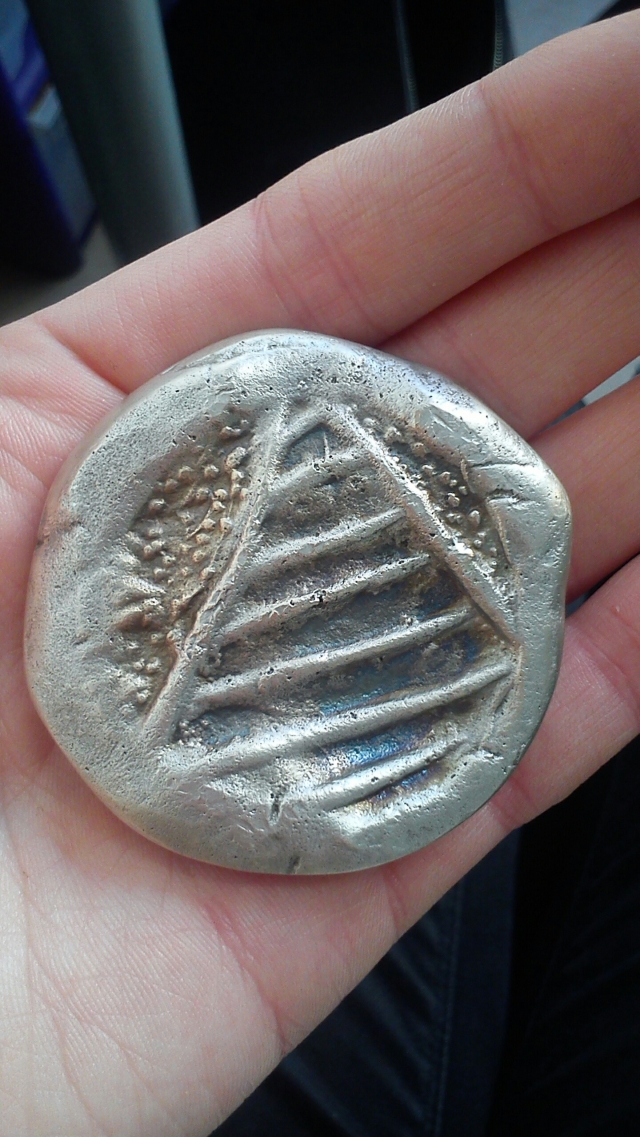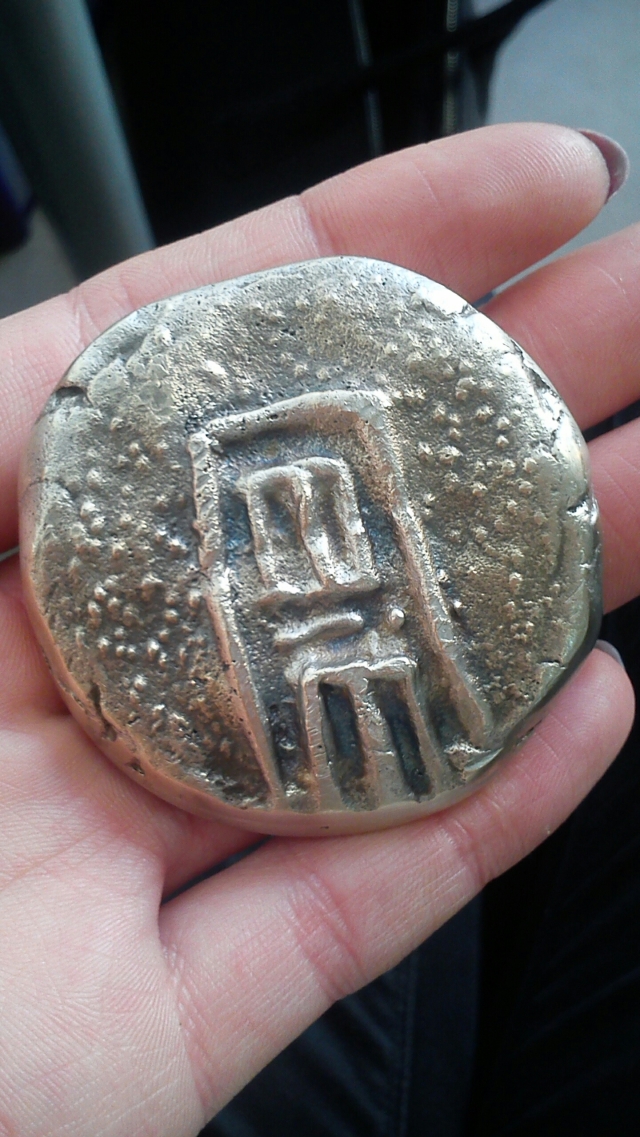Over the last 4 and a half weeks we have been very busy researching businesses. Our job was to research into enterprising businesses, to interview them and find out how they work as a business, then produce a 10 minute presentation about them.
“This is a 4 and a half week project that will begin to develop your understanding and appreciation of what running a business entails. It will give you an insight into the creative sector and the different models of enterprise that operate within it. It should also encourage you to think about where your skills fit within the Market and what new skills you need to develop to reach your intended goals.”
We established our teams and started our research.

As jewellers we wanted to create an identity and came up with the name JMD_DESENT, and created our logo to give us a visual presence on social media.

We decided to approach two different businesses to start with and kept more in mind. They were Edinburgh Contemporary Crafts and The Ringmaker. We wanted to be creative and grab their attention in a different way. This was when we thought of handmade letters made from wood. We used the laser cutter to create these.



We even added some personalised sweet treats to put in with the letters to entice them to chat with us.

We got a response from both businesses, although The Ringmaker was too busy to meet with us. We also contacted Brazen Studios by email and unfortunately they were extremely busy aswell, so we focused on securing our interview with Edinburgh Contemporary Crafts.
With everything in place for our interview with ECC, we began to think about our questions.
“Edinburgh Contemporary Crafts is run by it’s director Louise Smith. It provides high quality multi-disciplinary craft workshop facilities for: ceramics, jewellery, textiles, print and furniture for professional and the general public. The shared studio supports emerging and mid-career makers, encourages collaboration and cross-discipline practice and our program of courses allows the general public access to fully equipped workshops, with courses taught by skilled professionals.”

ECC was somewhere we were all quite interested to find out about as its somewhere that we could possibly go when we graduate.
During the interview we asked Louise about how and why she started ECC. Lousie identified the problem that craft was seen as the “poor little brother of art” and wanted to bring this to the forefront so decided to create Edinburgh Contemporary Crafts. Louise came from a interdisciplinary craft background and loved the sense of community. She is a great believer of having people around you creates more inspiration and motivation.
Louise also worked freelance before creating ECC, she worked in places like schools teaching, but felt there was a lack of facilities and it was harder to work and be creative. ECC is not only for makers but for the general public too. They run classes and workshops to give people experiences they possibly wouldn’t have had access to before.
As there is a high demand for studio spaces, it has driven them to expand to Abbeymount Techbase.

The building used to be an old school so has larger rooms than their smaller premises on Blair Street. We were invited to have a tour around the 3 rooms they already lease in the building. They are hoping to have made the move and re launch in 2017, with the anticipation of leasing the whole building.
It became very apparent that ECC is not-for-profit when we looked around the rooms, there were mezzanine floors in each room to create more space, these were built by a friend. We were showed around by Sarah and she pointed things out to us that were make themselves, or sourced from elsewhere for cheap.
The money they get from studio fees and workshops have to be returned back for materials and facilities for the centre. It was amazing to see what can be created with a little energy and drive. There was a real positive atmosphere in both premises.
Louise stated that social media was a key tool for getting their income. Their main way of advertising to the public is through social media. She said it has to be done right. We have to treat each media as its own post. Louise uses Twitter for sponsorships and press, and uses Facebook for the main contact for getting in the public, using it as the “digital word of mouth”.
During the interview Louise mentioned our unique way of contacting ECC grabbed her attention and subsequently got us the interview. This could be seen as the old fashioned way on contacting someone in this time considering we have the technology, but it showed us that taking the time and making something special that stands out actually does work and has proven effective for us and this project.
We thanked Louise for her valuable time with some more sweet treats, as everyone has a secret sweet tooth!

Collectively we all agreed that this was a very beneficial visit. It was great to see that there is somewhere out there for practicing designers, and also the general public. We learnt that you cant be the best for everybody, and we need to do whats right for us and our businesses. There was a real sense of community flowing through each premises. They were all very welcoming and eager to give us their advice and we are looking forward to returning again with our open door invitation in the future.
It was then presentation time,

as nervous as we all were, we managed to get a B1 for this project and also some very beneficial advice to take forward with us in our careers.
